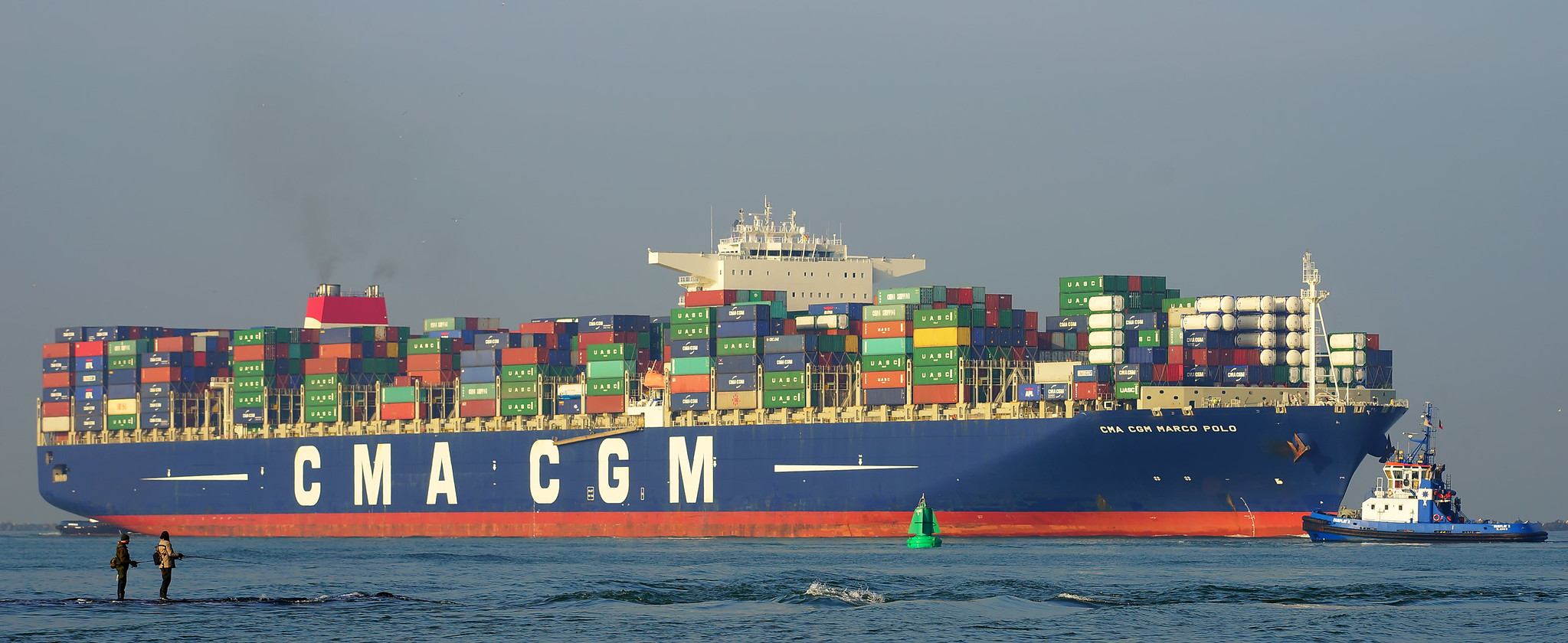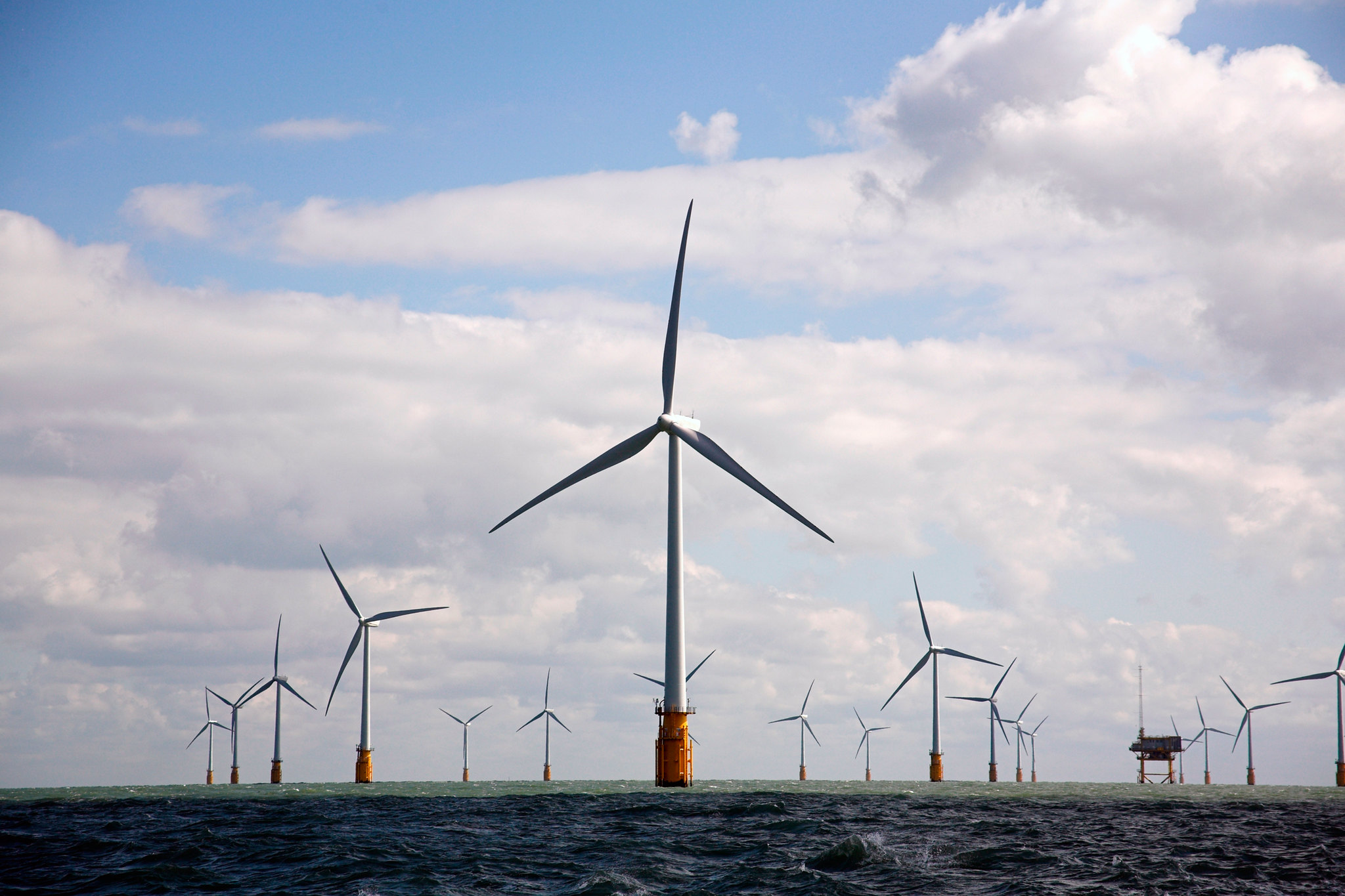A new study has found that noise pollution severely impairs successful cooperation between bottlenose dolphins, causing them to “shout” to overcome it.
The experiment worked with two dolphins at the Dolphin Research Center in Florida, and gave them the task of simultaneously hitting two buttons at the same time, situated about 18 metres apart in the lagoon where the study was operated.
If the dolphins hit the button within a second of each other, a “success” noise would be played, and the dolphins would be positively reinforced with fish and social interaction. If they were unsuccessful, then a “failure” sound would play.
Using ambient noise as a control, the dolphins were exposed either to low noise, medium noise, high noise, or very high noise. The very high noise was the pressure washer the Animal Care and Habitat team would use to clean the lagoon.
The University of Bristol Tweeted some footage from the study.
Scientists have discovered that human-made sound makes waves in the #dolphin world. 🐬🔊
The study shows dolphins working collaboratively are less successful in the presence of noise generated by humans.
➡️ https://t.co/8byVmxhbqh@PernilleMS@_StephanieLKing@BristolBioSci pic.twitter.com/F9LOYmWHQr
— University of Bristol (@BristolUni) January 12, 2023
To combat the increased noise, the animals would increase their whistle amplitude, and nearly doubled their whistle durations. Despite this, their success rate dropped from 85% in the ambient noise trials to 62.5% in the highest noise exposure.
In the high and very high noise trials, sometimes the success/failure sound would be obscured, and the dolphins would turn to look at their trainers for visual confirmation of whether or not they had completed the task successfully.
It has previously been observed that dolphins will adjust their calls in the face of underwater noise pollution, with Helen Bailey, research professor at the University of Maryland’s Center for Environmental science, describing it to the BBC as “similar to when we shout louder when we are talking in a noisy bar.”
But this study is new in that it also documents the negative impact of noise pollution on successful cooperation between dolphins.
This could have far-reaching consequences for the highly social mammals. Pernille Sørenson, one of the project’s researchers, told Impakter that, as a result, “animals may miss opportunities for coordinated cooperative acts, such as cooperative foraging or reproduction, because they miss acoustic cues from cooperative partners initiating those behaviours or because the noise is hindering them in successfully performing the behaviour together.”
She explained, “If you as an individual rely heavily on cooperative foraging for access to a food resource or on cooperative behaviour with other males for access to mating opportunities with females (as we know is the case in some dolphin mating systems), noise pollution could reduce those behaviours with potential implications for individual fitness, because you might not get the food you need or don’t father any babies.”
Beyond feeding and reproduction, “noise disturbance may also make animals pay less attention to or prevent detection of predators or disturb in a way that may lead to an increased level of stress hormones which can also have potential negative consequences for individual health.”
Underwater Noise Pollution – A Growing Concern

Noise pollution is a considerable concern for marine life, with charity Ocean Care describing themselves as “a loud voice for quieter seas since 2002.” Noise pollution has been found to increase stress levels in marine mammals, divert them from their paths, as well as affect feeding and reproduction rates in cetaceans – a grouping that consists only of whales and dolphins – and an increase in shipping is making matters worse. Over the last 50 years, low-frequency noise pollution has multiplied by 30 along major shipping routes.
Underwater, noise travels considerably farther than through air, a fact that many marine animals have evolved to make use of. However, it is also what makes noise pollution so disturbing to them. At the end of 2022, researchers from the University of Victoria published a study finding that Beluga whales were turning away from shipping traffic nearly 80km away from them in the Atlantic Ocean.
Although diverting whales and dolphins from their paths may not appear to be an imminent threat, it can result in long-term displacement of the species’ from important habitats and feeding grounds.
Similarly, prey fish like salmon and herring often react to the sound of boat engines as though they were predators. This can make it harder and more energy-depleting for predator cetaceans like killer whales to feed.
Low-frequency sound can also make it harder for young fish to find ideal marine ecosystems. They often listen for diverse soundscapes in order to find habitats with an abundance of resources, such as coral reefs. However, when anthropogenic noises block and compete with these sounds, the young fish become disoriented and may end up in inhospitable environments.
In freshwater systems, a number of dolphin species have suffered due to noise pollution, including the critically endangered Yangtze finless porpoise and the Ganges river dolphin.
The Ganges river dolphin is eminently threatened by the recently-launched “world’s longest river cruise,” from Varanasi to Uttar Pradesh in India. Passing through a number of protected cetacean habitats, this boost in tourism will come at the expense of the Ganges river dolphin.
Gangetic dolphins are nearly blind and instead use echolocation clicks to navigate murky waters and forage for food. So the increase in underwater noise pollution the cruise will bring will end up “making their very existence arduous,” as Jagish Krishnaswamy, and ecohydrologist from the Indian Institute for Human Settlements in Bangalore told the Guardian.
The elevated stress levels resulting from chronic noise can lead to fatigue and changed foraging behaviour for the Ganges river dolphin, where they eat more in order to compensate for energy loss. This could have further impacts on the freshwater river systems.
Dolphins may also become disoriented due to prolonged underwater noise, increasing the risk of clashing with vessels and their propeller blades, which may lead to injury or death.
Related articles: Ocean Acidification: Time Swiftly Running out to Avoid the Worst Impacts, New Report Warns | Our Oceans Are Sick: The Solution Is More Money and More Protection, Says WWF | Defending Marine Life: Sea Shepherd Goes From Vigilante to Scientist | Noise Pollution: An Invisible Adversary
The most common emitter of underwater marine pollution is shipping, which can be mitigated with relatively simple solutions. The easiest is for boats to slow down when passing through areas rich with marine life. Slowing down just a few knots can make a major difference in sound pollution, while simultaneously lowering carbon emissions.
However, simply slowing down shipping is not enough. Designing new, quieter ships is a must, and to this end, the International Maritime Organization (IMO) have also come up with some guidelines to help engineers design quiet ships. However, these are voluntary, and have not made a notable difference on a large scale. Many environmental organisations, such as Ocean Care, are calling for these guidelines to be made legally binding.
As well as building new, quieter ships, the noisiest older ships may be retrofitted with quiet propellers.
While boats are large culprits of continuous noise, cetaceans are also often exposed to impulsive noises, which can be even louder. These noises can be caused by underwater mining or drilling for natural gas, however, they can also be caused by offshore windfarms.
Some are calling for noise pollution and buffer areas to be taken into consideration when planning windfarms. One possible solution may be a barrier of bubbles around a site such as a windfarm that would block some of the noise.
Although chronic low-frequency noise is a severe problem for marine wildlife, impulsive noise might be more immediately physiologically harmful.

How is the world tackling this issue?
In December 2022, the United Nations’ (UN) biodiversity conference, COP15, was largely criticised for not sufficiently discussing the ocean in its negotiations. The cause of this, is perhaps simple: The majority of the ocean – the high seas – don’t fall under any country’s jurisdiction, and as such, it is difficult to make and enforce laws to protect these areas.
There is hope, however, for the UN’s High Seas Treaty, also known as the Biodiversity Beyond National Jurisdiction Agreement (BBNJ). Although the High Seas Treaty’s last meeting was suspended, it is due to resume in February this year, and will hopefully mean binding legislation for ocean conservation.
Ocean Care, among their other demands, hopes to see the prohibition of any new fossil fuel exploration and exploitation in the ocean, an increase in mandatory speed reduction in shipping by 25%, and the creation of internationally recognised ocean “quiet zones”, arise from this.
In the meantime, the European Union (EU) implemented groundbreaking limits for underwater noise in November. These limits address impulsive noise, such as drilling and mining for gas, as well as continuous noise, such as shipping.
The limits mean that only 20% of a given marine area may be exposed to continuous underwater noise for longer than a year, while no more than 20% of a marine habitat may be exposed to impulsive noise over any given day, and no more than 10% over a year.
Other national governments, like Canada, are putting in place their own regulations to mitigate man-made underwater noise pollution.
What are we looking forward to this year? A national plan to manage underwater noise pollution! The 🇨🇦 government has been working on a strategy that'll guide and coordinate efforts to turn ⬇️ the volume of harmful human-made noise. Here's why 👇 https://t.co/pvDRFw2Dxl
— WWF-Canada (@WWFCanada) January 13, 2023
Overall, this new study shows that dolphins may well be able to “shout” to communicate over noisy underwater conditions, but this compensation is not enough, because despite this, their effective cooperation still decreases in the face of human-produced noise pollution.
There is however a wealth of research ongoing into the effects of noise pollution on marine life, especially cetaceans, which although may not be much use to the freshwater dolphins suffering from noise pollution, may well have come at the optimum time to be considered in the tantalisingly close High Seas Treaty.
It is possible that, if noise pollution is treated as a pressing concern out at sea, the conservation policies may slowly make their way inland.
Editor’s Note: The opinions expressed here by the authors are their own, not those of Impakter.com — In the Featured Photo: Dolphins during dawn Featured Photo Credit: Raw Pixel.









